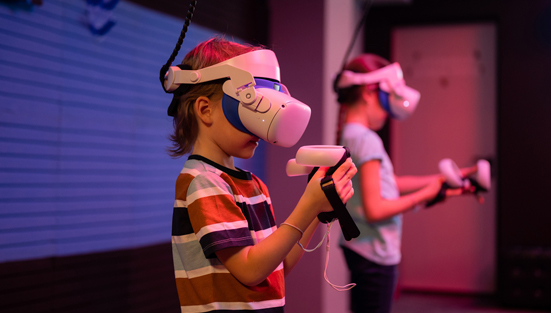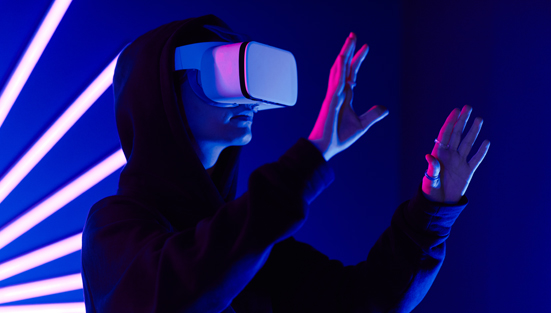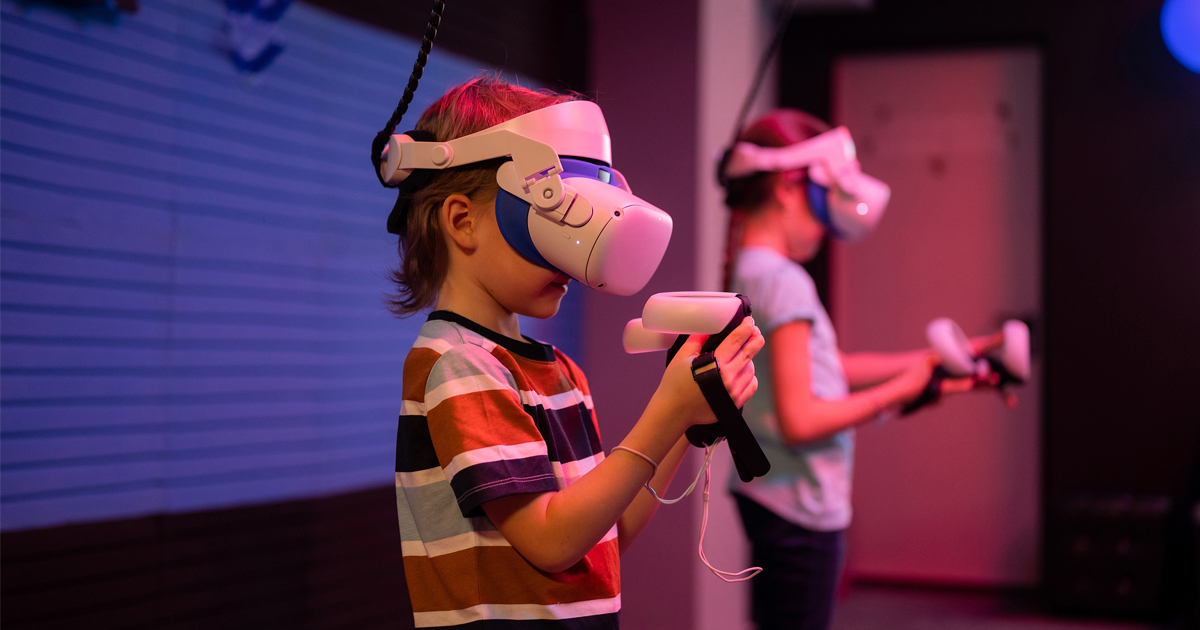Future is Experiential: Transforming experiences through Augmented and Virtual Reality
- Virtual Reality
Augmented Reality (AR), Mixed Reality (MR) and Virtual Reality (VR) together called as Extended Reality (XR) or Immersive Technologies are driving the Digital Revolution and transforming almost all sectors, be it Education, Health, Travel and Tourism, Retail, Marketing or any other industry that we know of.
As experience is something which customers look for and as it is “experiences” that make the overall difference on how we perceive things, Immersive Technologies is going to be the future. Companies across all domains have started investing in the field of AR, VR and MR.
As we are trying to reach a level where the human computer interface and interactions match real life physical environment and situations, we might not be able to differentiate reality, that we all live in, from virtual reality in the days to come. Therefore, as Web 3.0 starts to take over the world, we will begin to experience the new immersive web characterized by 3D worlds, 360-degree environments, stereoscopic and spatial content and haptic feedbacks to name a few.

The entire realm of XR, AR is where our real-life physical environment is augmented with some digital content. The digital content is overlayed or super-imposed on the real world and gives us an altogether different experience. For example, just by sitting in our living room in the real world, we can try out new sets of furniture and see how they would look in the living room through AR applications which basically overlay or superimpose the new furniture designs as digital objects on top of the floor of the living room giving us a feeling that the digital objects have merged with the physical living room.
In the case of MR, the digital world and the real world co-exist as one.
VR on the other hand is that part of Extended Reality where everything that we experience or see is virtual and has no real world components thereby giving us a full sense of immersion.
As AR/VR and MR have boundless potential, we will witness new transformations in future. For example, Healthcare would be modernized to such an extent that medical specialists will get access to a simulated digital environment where they can perform precise operations without being in a state of emergency. Similarly, people with phobias, anxieties, depression or those with post-traumatic stress disorders can be exposed to a controlled and simulated environment which gives them a new experience thereby helping them overcome their problems.

Education would be transformed in a way that would give students a new learning experience as they get to learn by doing or experiencing the things which as of now are explained only theoretically.
Tourists will be able to go on guided virtual tours of properties or tourist spots. They will be able to immerse themselves in the property, which will help them plan out their vacations in a much better way ensuring that they are not disappointed when they physically visit the property. Culture and art will be better understood through virtual worlds. We will start experiencing immersive journalism which will take us to places where events have occurred. Twins of physical objects will be used by industry workers for practicing and testing in virtual environments.
It is therefore through Virtual Reality and Augmented Reality that a lot of activities such as working, travelling, shopping etc. will be possible in the “Metaverse” – the future of AR/VR and other technologies.
For Virtual Reality to work, one requires hardware called as the Head Mounted Display (HMD) or headsets such as Oculus Rift, HTC Vive, Google Cardboard, etc with which the virtual content can be viewed. As these HMDs have one display for each eye, the result is a stereoscopic 3D image created by angling the two 2D images. This is based on the understanding that our two eyes see the world slightly differently thereby giving us a sense of depth when we see with our eyes in the physical world.
As demand for virtual content and applications grow, headsets are going to become cheaper and affordable as well as smaller in size thereby making the immersive and experiential Virtual World a part of everyone’s life, the way mobile and smart phones have become for all of us today. The “Experiential Future” is therefore in the making.
About the FutureSkills Prime Programme:
A joint initiative by nasscom & MeitY, FutureSkills Prime is India’s technology skilling hub that aims to make it a Digital Talent Nation. It is democratising learning by offering students and professionals an opportunity to upskill in digital technologies & professional skills.
Courses run under FutureSkills Prime are as below:
1. Bridge course
The course is specifically designed to create awareness of Data Science, Machine Learning, and Deep Learning tools & techniques among participants so that they can recommend and apply these technologies in real life and at their workplaces. The course is meant for graduates, entrepreneurs, interns, fresh recruits, IT professionals, non-IT professionals working in the IT industry, ex- employees, and faculties.
2. Training of Government officials (GOT)
Under this program Government Officials will be trained on emerging technologies of AI, which will help them to learn about cutting-edge technologies and upskill to make them work differently like creating new methods for documentation.
3. Training of Trainers (TTT)
Provides an overview of AI principles, and approaches with which faculty can enhance their knowledge in the area of AI, Machine Learning, Deep Learning, NLP, Computer Vision, and its application.
Written by NIELIT Gangtok


